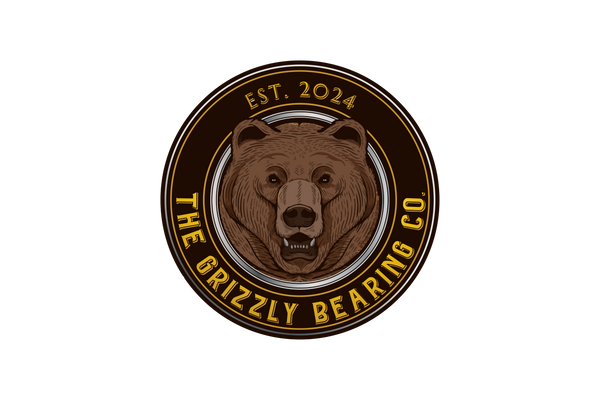The Great Wheel Bearing Debate: Sealed Cartridge Bearings vs. Cup and Cone Systems
Share
Why Your Bike's Hidden Heroes Matter More Than You Think
Ever wondered why some bikes are super smooth while others sound like they're crying for help? The secret lies in the bearings. These little pieces of magic are working overtime every time you pedal, and choosing between the two main types could make or break your riding experience.
The Old-Skool Pros: Cup and Cone Systems
Picture this: loose steel balls nestled in a metal cup, held snug by a threaded cone. That's your old-skool cup-and-cone setup. Companies like Shimano and Campagnolo swear by this time-tested approach.
What makes them special:
- You can fine-tune the tightness
- When properly looked after, they'll stand the test of time
- Easy and cheap to maintain if you're handy with tools
- Shimano highlight that they stick to this system because it uses angular contact which can improve cornering and any side to side movement.
The catch: In comparison to cartridge bearings, they're high maintenance. Neglecting regular cleaning and greasing, and they'll seek their revenge on you with grinding noises and premature wear.
The Modern Marvels: Sealed Cartridge Bearings
Now imagine those same steel balls locked away in their own little fortress - completely sealed from the outside world. That's your cartridge bearing: a self-contained unit that slots into your hub.
Why they're on the increase:
- Zero adjustment needed - they're set and forget
- It's more difficult for dirt and water to work their way in
- When they die, you just pop in a fresh unit
- Your hub stays pristine since the bearings aren't wearing against it
The downside: When they're done, they're done. No amount of TLC will bring them back from the dead.
The Realities
Shimano and Campagnolo show very little signs of giving up the cup-and-cone system (even though Campagnolo opt for cartridge bearings in their free-hub bodies) but, as time goes on, most high-end wheels and hubs are using sealed cartridge bearings.
So, there is an element of choice that should take into account your own circumstances such as your riding style/regularity, how much knowledge and confidence you have in maintenance and what your budget is.
Some examples
For those tight on time where maintenance can't be performed regularly: Cartridge bearings are your friend. They'll handle neglect better and won't leave you stranded with a seized wheel because you forgot to give it some love.
For the DIY-enthusiast: Cup-and-cone systems offer endless tweaking opportunities and the satisfying feeling of nursing old parts back to life.
For those on a budget: It's a bit more complicated.
Cheap cup-and-cone systems can be false economy as they'll need replacing more often and out-cost using sealed cartridge bearings. However, quality ones can be serviced for a long time if you have the knowledge and correct tools or can afford to have it serviced.
Cartridge bearings cost more upfront but can save on labour costs. If you can't service your own cup-and-cone system then it will need a regular visit to your friendly local bike shop.
The Bottom Line
There's no universal winner. Both systems can deliver great and reliable performance when treated right. The real enemy isn't the bearing type - it's neglect. Whether you choose the adjustable charm of cup-and-cone or the bulletproof simplicity of cartridge bearings, regular maintenance is what separates them.
Your riding style, mechanical confidence, and wallet will ultimately make the choice for you. Just remember: the best bearing system is the one that maximizes your riding performance based on your own personal circumstances.
If you asked us our opinion, and we're most definitely biased, we'd say stick with sealed cartridge bearings unless you are methodical and knowledgeable about maintaining your cup and cone system or in the position to make regular visits to a bike shop. If you're not, it's just not worth it.

